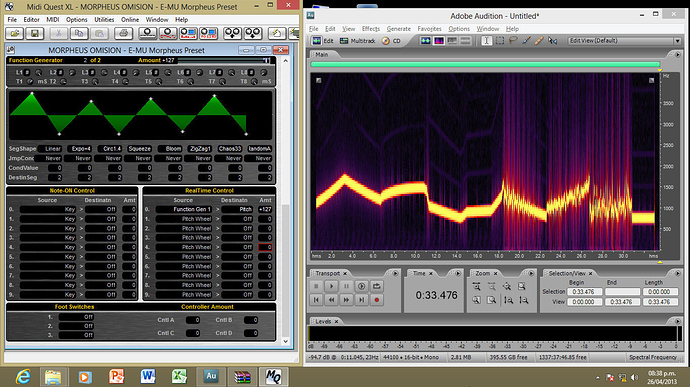Hello Rory
I have a question for you (and all Csounders) and Perhaps this will be a challenge for Iain.
Morpheus Z-Plane is a sound modular synthesizer, It has two “Function Generator” (FG) You can use it like an envelope. It has 8 segments ( piecewise-function) each segment could be 63 differents forms (linear, expo, random).
I would like to know if is there any similar envelope in csound.
something like GEN 18…
Thank you for reading.
Regards
Julio.



